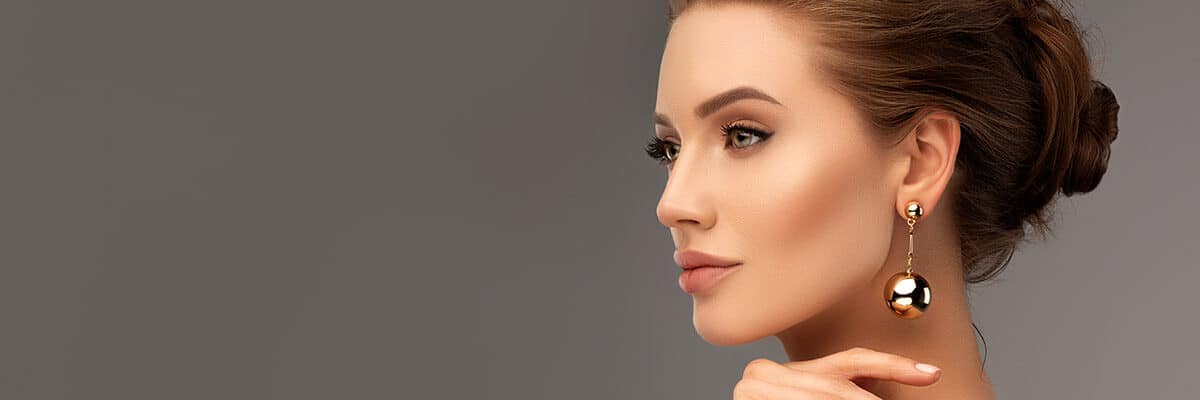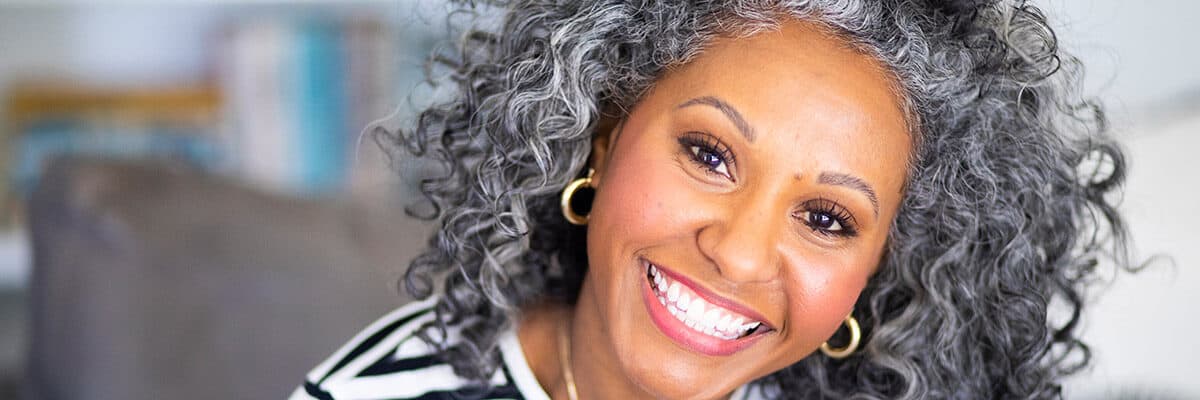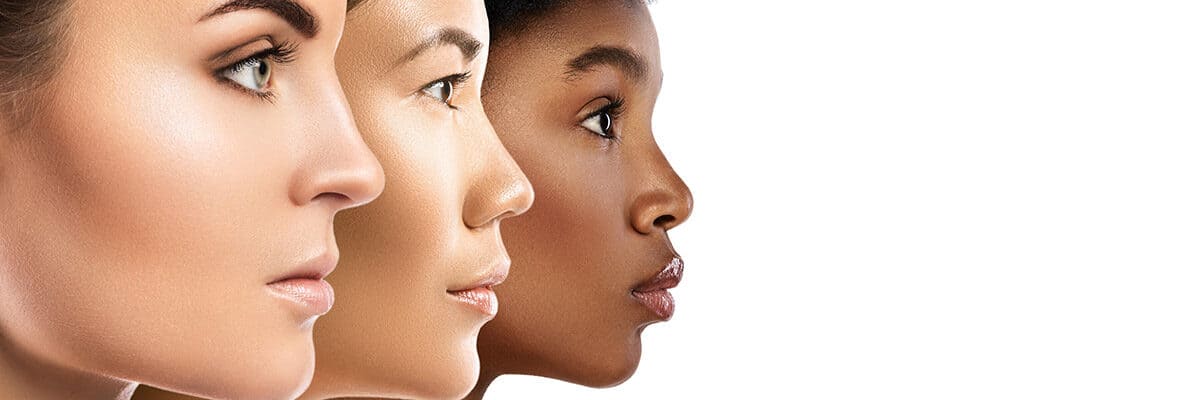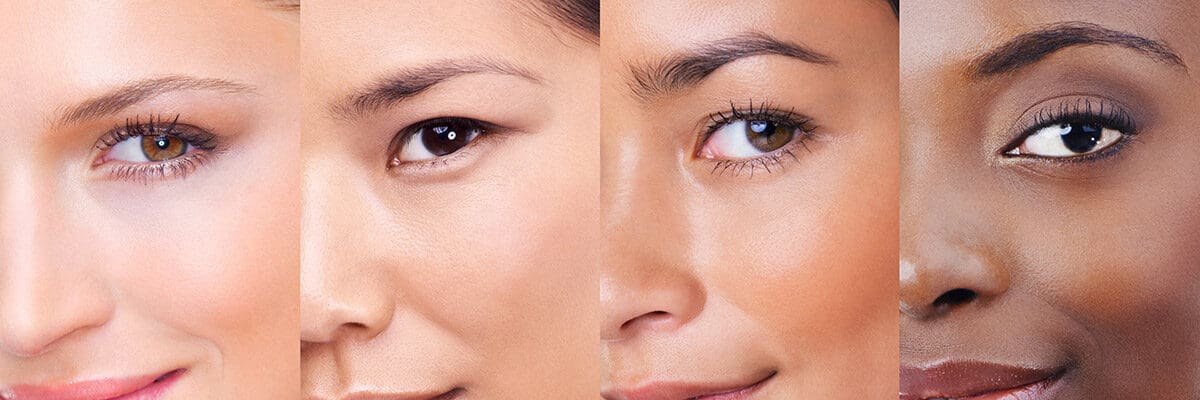LaseMD fractional laser resurfacing Q&A
LaseMD – what is it used for? LaseMD is fantastic for resurfacing the skin. What does that mean? It means reducing unwanted brown pigment, treating sun damaged skin, decreasing fine lines and wrinkles, diminishing pore size, smoothing the skin, improving all over color (“glow”) and stimulating collagen.
How does it work as a resurfacing laser? To answer that question, first a bit of history. Lasers have been used to change the surface of the skin for over 15 years. The standard for resurfacing lasers has been the CO2 laser, but due to the pain and long recovery time, few people had this ablative treatment. CO2 lasers burn off the entire outer layer of skin – that’s what we call that ablative. It then takes 2-3 weeks for the skin to regrow, and that’s the downtime of staying home, away from work and out of the sun. The reality is that most of my patients can not deal with that much downtime, so the CO2 laser was not a realistic option for them. The results of CO2 ablative resurfacing were often very impressive, but it came with risks such as scarring, worsening of dark pigmentation and infection. Perhaps the best use of CO2 lasers is when it’s done in the operating room the same day a patient is having a facelift. Since they are going to need weeks to heal from surgery, why not treat the skin at the same time? Next came fractional lasers (remember Fraxel?) meaning part of the skin was destroyed by having the laser drill thousands of small holes into the skin. Recovery time was quicker, but the early fractional lasers were still painful, led to crusting and peeling, and had downtime of about 1 week. This was an improvement over CO2 ablative lasers, but was still not perfect. Technology has improved since then, and the result is where we are at today with the LaseMD – a fractional non-ablative laser that received FDA approval in 2017. LaseMD offers amazing features such as a wide variety of settings allowing us to treat all skin colors and types. And unlike CO2 ablative laser, we can treat more than just the face. LaseMD is awesome for the neck, upper chest, arms and hands. If you want a laser that will reduce damage accumulated over years of sun exposure, this is your laser!
How long does a single visit take? LaseMD is super fast! We can treat the full face in under 10 minutes, face and neck in 15 minutes, face, neck and upper chest in 20 minutes. If you are fair skinned like me, you will leave looking like you had a sunburn, but that redness calms down quickly. Many people return to work the next day. If you plan to be off work for 1-2 days you are definitely going to fly under anyone’s radar – they won’t know you had a resurfacing treatment unless you tell them.
How should I prepare for the visit? Arrive well hydrated – this is important. We appreciate if you don’t wear make-up, which otherwise has to be removed. It’s best to leave ear and neck jewelry at home (we have had many people over the years accidentally leave jewelry in the room). We like to treat healthy skin, so use a strong Retinol or Tretinoin – but try to remember to stop it 3 days prior to your visit. It works great to wear an old T-shirt. Otherwise we can put you in a gown.
What happens on the day of the visit? Please arrive at Omaha Med Spa 30-45 minutes before your treatment is scheduled to begin. Your skin will be cleansed, and a strong numbing cream applied to the areas that will be treated. Bring your phone or a book to read for the next 30-45 minutes. The numbing cream is then removed and the skin cleansed again with sterile saline. LaseMD is only activated when the handpiece is “rolled” over your skin. It would be very difficult to get the machine to flash the laser into your eye, but to be on the safe side we have you cover your eyes during treatment with protective eyewear. As LaseMD is rolled over your skin, patients describe the sensation as being like a “sparkler” going over the skin. The skin may be cooled during treatment with a device that blows cold air over the skin surface. At the end of treatment you will be red, and your skin will feel tight. You will apply Peptide Booster as often as you like that first day. Peptide Booster attracts water to the skin with the hyaluronate, and the long chain proteins in the serum pass through the thousands of microchannels in the skin, nourishing the skin to enhance the production of collagen.
What about the day after treatment? The next day you will use a gentle cleanser, re-apply Peptide Booster twice daily, and also use a moisturizer and sunscreen. Limit sun exposure for a few days.
Should I do more than one treatment? By completing a series of three visits, spaced one month apart, you will see the best results.






